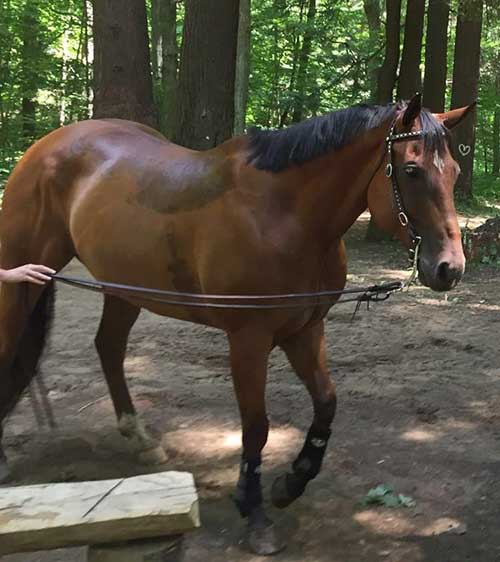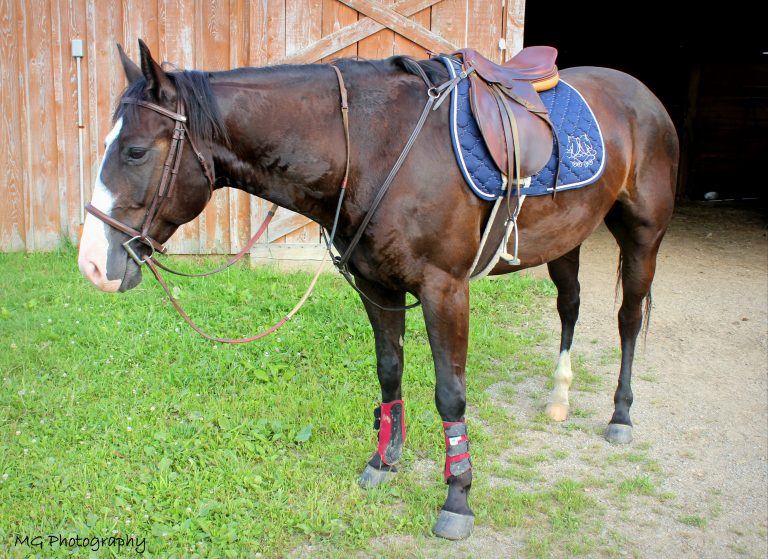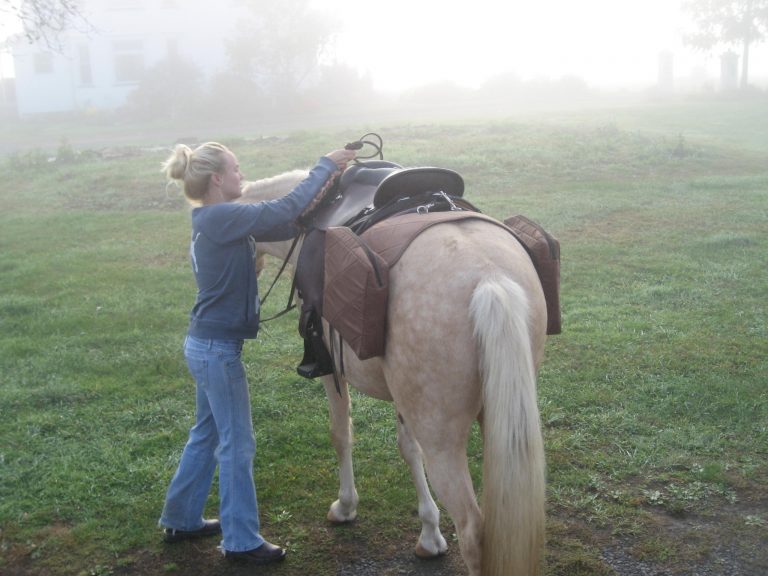
by Marcella Gruchalak
Horse shopping is stressful, especially when you don’t bring home the horse you thought you bought.
Horse shopping is an extremely stressful and overwhelming situation. Looking for a horse that’s the perfect fit takes time and plenty of searching. You browse multiple search engines such as Facebook, Google and Craigslist, scanning hundreds of ads daily. Finally, you narrow it down to which horses you’d like to visit. The horses you’ve picked out have a description meeting your qualifications and their videos show healthy, sound moving, sane minded animals.
Regardless of the well written ad, high quality videos and pleasant phone conversation with the current owner, once you’re on site ready to meet and ride the horse, there can be multiple red flags that indicate this horse isn’t what’s advertised.
1. Upon arrival the horse is sweaty. If the horse you’re going to see is sweaty, especially in the area where the saddle sits, this is a good indicator that the horse has been worked before you arrived. The horse may be high energy and the owner may have worked her beforehand to guarantee you a more pleasant ride.
This situation may be the most difficult to bridle (pun intended). Two ways to grapple with this circumstance are to be frank and ask why the horse has sweat marks or to arrive early to prevent it from happening.
2. The horse is already saddled. If the horse is already saddled when you arrive, it’s a red flag that the owner is hiding something. Owners will do this for various reasons, such as the horse is cinchy and bites or kicks out when the girth is tightened. It may also be an indicator that the horse may be thin or lacking top line, both of which can be hidden by the saddle.
This is an easy situation to address and can be resolved with minimal confrontation. You can bring your own saddle and ask to use it rather than the one the seller is providing. Another alternative is a more direct approach by nicely stating that you would like to unsaddle and saddle the horse yourself.

3. The owner doesn’t ride first. The horse is completely tacked up and you’re ready to ride. You walk out into the arena with the horse and her current owner. Then, the owner gives you the reins and communicates that you may ride when you’re ready. This poses questions as to why the current owner will not ride and maneuver the horse first. Will the horse go lame after a longer ride? Is the horse unpredictable or unsafe?
Unless the owner has a visible reason why she can not ride her horse, nicely asking the owner to ride first should resolve this situation. If she continues to deny riding her horse, either walk away or use extreme caution when riding the horse.

This article originally appeared in it's entirety on Horse Nation and this excerpt is published here with permission. Read the entire article..
Find more interesting articles in our section on Health & Education.

































